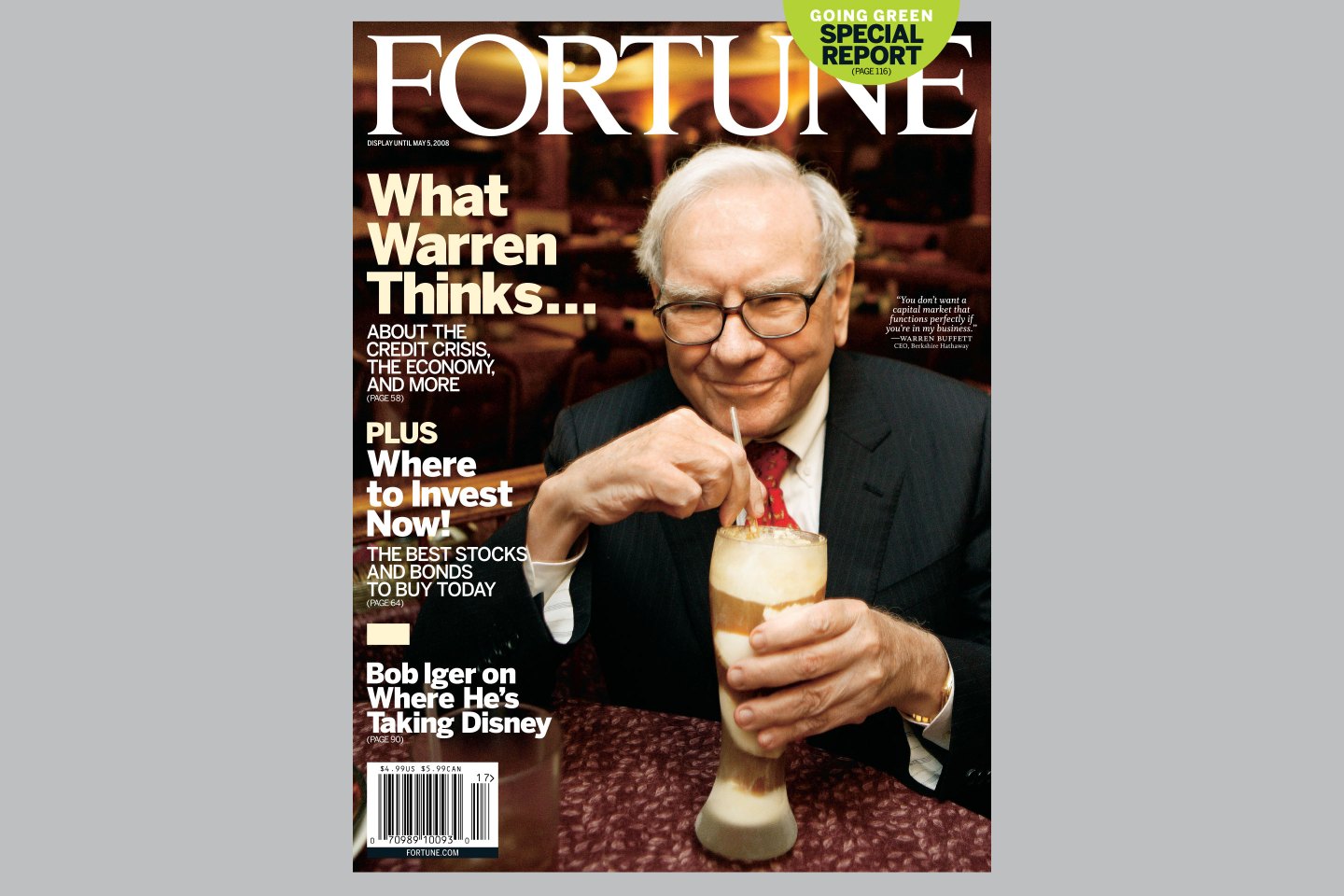“Farm mechanization has just begun,” proclaimed the cover of Fortune’s October 1948 edition. And indeed, the rise of machines such as the tractor, the hay baler, and the combine harvester was causing profound changes in the American workforce, the accompanying article explained:
“Consider that basic index of civilization: the number of people required to produce food,” the unsigned article suggests. “In 1800 three out of four in the working population were in agriculture; only one out of four was available for all the rest of the work of society—industrial, commercial, professional, intellectual, and what not. Throughout most of the world that ratio still holds true. In 1948 only one in seven U.S. workers is needed to provide the nation’s food.”
That trend only continued: In 2003, Fortune reported that the agricultural workforce made up just 2% of employment—yet farms still produced a more-than-adequate bounty for American consumption and export.
Now the percentage of the American workforce in agriculture is closer to 1%. And the sector’s output is higher than ever, even as American farmers face unprecedented challenges, Fortune’s Emma Hinchcliffe reported in a recent magazine feature. Acute labor shortages have been exacerbated by the Trump administration’s immigration crackdowns, Hinchliffe wrote: An estimated 86% of farm workers are foreign-born and some 45% are undocumented. Those headaches come amid “overlapping crises” for farmers including drops in sales and profitability, rising bankruptcy rates, and a global trade war threatening exports.
Part of the problem is the fact that American workers are largely unwilling to do the grueling, relatively low-paid work of farming, as the U.S. Labor Department acknowledged in a recent memo. And the roots of that shift can be found in the phenomenon Fortune wrote about in 1948—last century’s replacement of farmworkers with machines, and the adjustment of American workers to a new landscape where much less of their labor was needed to plow fields or pick corn. As Fortune reported in 2003: “Over time, Americans moved off their farms and into cities and suburbs and found jobs in burgeoning new industries.”
Today, as AI threatens many of those jobs, we arguably have something in common with the redundant farmworkers of last century. The question facing us is the same: What are the tasks that we humans can do better than machines? And how will we adjust to this new landscape?












